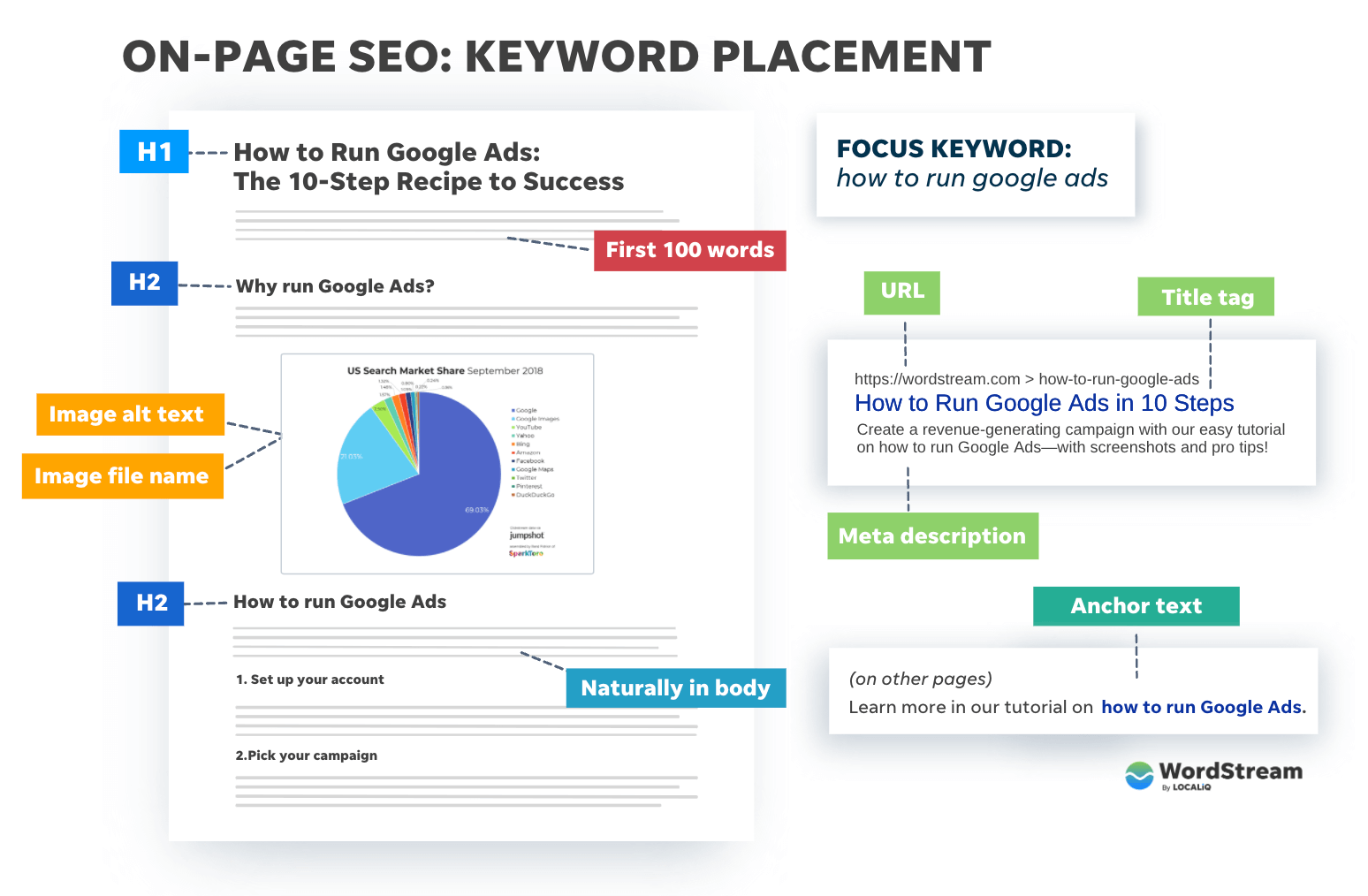Crucial Overview to Secondary Dimensions in Google Analytics: Interpretation, Advantages, and Applications
Crucial Overview to Secondary Dimensions in Google Analytics: Interpretation, Advantages, and Applications
Blog Article
Revealing the Effect of Additional Dimension in Google Analytics on Information Analysis and Insights
In the world of information analytics, the utilization of secondary dimensions within Google Analytics has arised as a crucial device for drawing out much deeper understandings and unraveling complicated patterns that may or else remain obscured. By peeling back the layers of primary data collections, secondary dimensions provide a nuanced point of view that enhances the understanding of individual habits, web site performance, and the efficiency of advertising and marketing approaches.
Discovering the Principle of Second Measurements
Secondary measurements in Google Analytics offer added insights by permitting individuals to analyze key data in combination with a secondary quality. By incorporating second dimensions, customers can delve much deeper right into the data and discover beneficial connections that could or else go unnoticed - what is a secondary dimension in google analytics.
By checking out the numerous additional dimensions readily available in Google Analytics, individuals can open new insights and maximize their electronic advertising and marketing initiatives. In essence, secondary dimensions serve as a powerful device for enhancing data evaluation and driving workable results.
Enhancing Information Analysis With Additional Dimensions
Having actually developed the fundamental understanding of second dimensions in Google Analytics and their crucial duty in information analysis, the emphasis currently changes in the direction of leveraging these secondary features to enhance the analysis of analytics information (what is a secondary dimension in google analytics). By including second dimensions right into information analysis, experts can obtain deeper insights into customer habits, internet site performance, and advertising and marketing effectiveness

Additionally, additional dimensions help in contextualizing key data metrics by providing additional layers of details. This contextualization aids in recognizing the 'why' behind the data trends, aiding analysts make informed optimizations and choices to enhance overall performance. Eventually, including secondary measurements improves the information interpretation procedure, leading to even more strategic actions and meaningful insights.
Discovering Hidden Insights With Additional Dimensions
Exploring the depths of analytics data with additional measurements exposes important understandings that would otherwise continue to be covered. By integrating additional measurements in Google Analytics, companies can unearth hidden patterns, fads, and relationships that give an even more thorough understanding of customer behavior and internet site performance. These extra layers of data enable analysts to delve much deeper into the primary dimensions, such as web traffic resources or touchdown web pages, and acquire a more nuanced point of view on exactly how various variables engage with each various other.
With making use of secondary measurements, experts can segment and compare information across various measurements, enabling them to recognize specific elements that influence user engagement, conversion rates, and total success metrics. For instance, by combining the main dimension of 'tool classification' with the additional measurement of 'age team,' marketing professionals can pinpoint which age demographics choose accessing the website via smart phones versus desktops. This degree of granularity equips businesses to make data-driven choices and maximize their strategies for better results. Ultimately, uncovering hidden insights with secondary dimensions boosts the depth and precision of data evaluation, causing more enlightened decision-making and boosted performance end results.
Leveraging Secondary Dimensions for Actionable Analytics
Structure upon this hyperlink the understandings unveiled through second dimensions in Google Analytics, businesses can now harness this enriched data landscape to drive workable analytics and tactical decision-making. By leveraging additional dimensions, organizations can delve deeper right into their information to remove useful patterns, patterns, and relationships that may have previously gone undetected. This deeper level of analysis enables businesses to get an extra detailed understanding of user habits, campaign performance, and overall web site effectiveness.
One trick benefit of making use of secondary dimensions for workable analytics is the capability to section information based on particular standards. This segmentation allows services to customize their strategies and projects to various audience teams, bring about a lot more targeted and effective advertising and marketing efforts - what is a secondary dimension in google analytics. Additionally, second dimensions give an even more all natural view of customer interactions, making it possible for services to enhance their site material, design, and total individual experience
Making The Most Of Decision-Making With Second Dimensions
To enhance strategic decision-making in analytics, leveraging second dimensions in Google Analytics can supply an look at this web-site extra nuanced point of view on user behavior and campaign performance. By including secondary dimensions into data evaluation, companies can delve much deeper right into the specifics of their website visitors' interactions and engagement patterns. This additional layer of information enables a more detailed understanding of just how different variables, such as demographics, devices, or traffic sources, influence vital performance indications.

Final Thought
In what is a secondary dimension in google analytics final thought, the usage of second measurements in Google Analytics plays an important function in boosting data analysis and uncovering concealed understandings. By discovering this principle, one can acquire a deeper understanding of customer behavior and make educated choices based on actionable analytics. Leveraging additional dimensions enables for an extra comprehensive interpretation of information and optimizes the effectiveness of decision-making processes.

Report this page